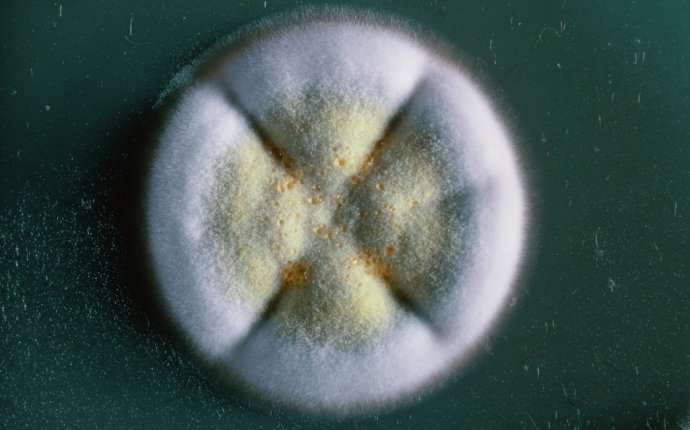
What are the most Common Microorganisms?
While most people blame their food poisoning experience on the last item they ate, the truth is that you may become sick from something you consumed several days ago. Food poisoning is most commonly caused by bacteria - microorganisms that prefer to grow and thrive within the "temperature danger zone", between 40 and 140 degrees Fahrenheit. Within this temperature, the bacteria on food can double, and multiple in a few hours, quickly reaching dangerous levels.
Following are just a few of the most common microorganisms known for causing food poisoning.
1. Clostridium Perfringens
Commonly found within many foods, at low numbers, Clostridium Perfringens is most often located in poultry, meat, and their byproducts. It can also be found in the intestines of animals and humans, in the soil, in animal manure, and in sewage. Infection with this microorganism leads to severe abdominal pain, diarrhea, and nausea - however, it rarely causes fever or vomiting.
Unlike most types of bacteria responsible for food poisoning, Clostridium Perfringens cannot be destroyed completely by ordinary cooking, thanks to the presence of heat-resistant spores. While the bacteria are killed at cooking temperatures, the spores can survive, and may germinate if the food is allowed to cool slowly within the temperature danger zone. In other words, protecting people against this bacterium relies upon careful temperature monitoring.
2. Salmonella
One of the most well-known sources of food poisoning, Salmonella is frequently found in eggs, unpasteurized milk, and raw-egg products. It can also be found within poultry and meat, and will survive in food if it is not properly cooked.
If Salmonella is present within a food item, a small number of the bacteria can quickly begin to multiply unless that food is properly chilled outside of the temperature danger zone. What's more, people who suffer from Salmonella poisoning are capable of infecting other people when they come into direct contact with them. This means that one case of food poisoning can quickly turn into multiple severe cases.
3. Listeria
Microorganisms known as Listeria monocytogenes are present in various areas of our environment, and can be found regularly in many foods. In certain products, such as soft mold-ripened cheese, or pates, it can be present in much higher numbers.
Commonly, Listeria monocytogenes cause illness within more vulnerable groups of the population, such as babies, pregnant women, people with reduced immunity, and the elderly. Unfortunately, among these groups, the illness can frequently be severe, and even life-threatening.
4. E. coli (0157)
There are various strains of E. coli present throughout the world today, and many of them are harmless. However, those that produce a microorganism known as "verocytotoxin", can cause significant illness. One of the most common types of dangerous E. coli is the strain "0157".
This bacterium lives within the intestines of animals and humans. When infected, most people will suffer from various different symptoms, including diarrhea. Very severe cases of E. coli 0157 can lead to problems like kidney damage.
5. Campylobacter
Finally, Campylobacter is the most commonly identified cause of food poisoning in the world today - found mainly in red meat, poultry, untreated water, and unpasteurized milk. Though it does not grow within food items, it can spread very easily, meaning that only a few bacteria within a piece of undercooked chicken could be enough to cause illness.



